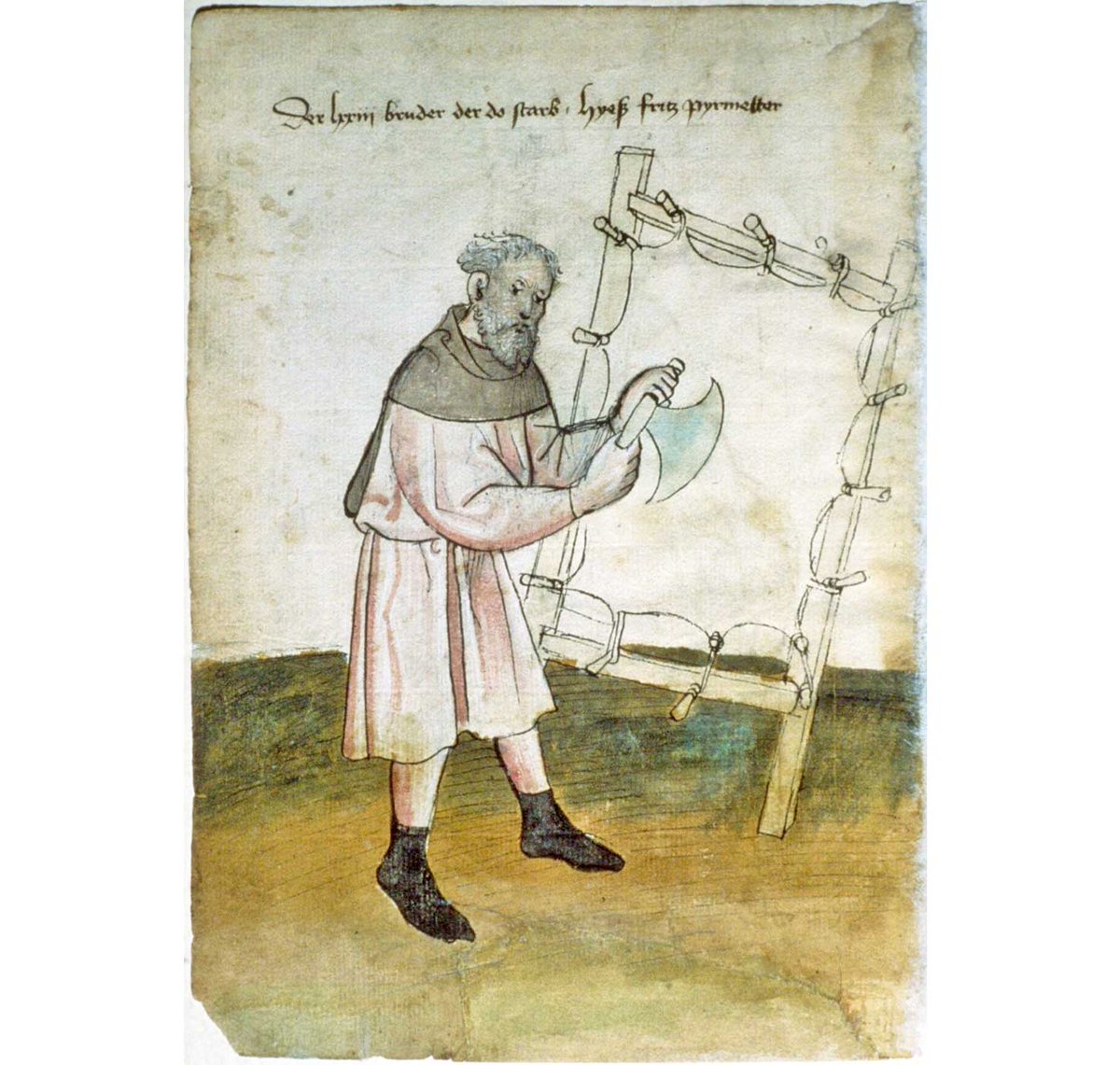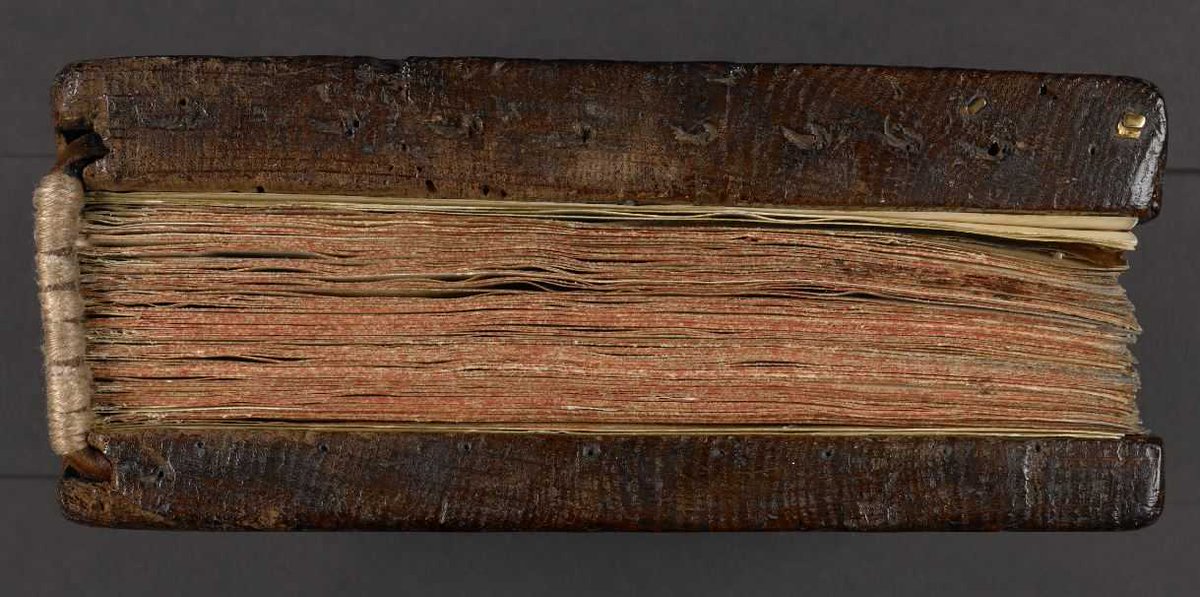
THE AFRICAN BOOK
Africa has the oldest and most diverse book culture of any continent. Here, in just 6 tweets, is why.
One of only 4 independent inventions of writing on earth - hieroglyphics - is African, as is the first surviving 'book': the Egyptian Book of the Dead. 1/6
Africa has the oldest and most diverse book culture of any continent. Here, in just 6 tweets, is why.
One of only 4 independent inventions of writing on earth - hieroglyphics - is African, as is the first surviving 'book': the Egyptian Book of the Dead. 1/6

The best preserved Roman writing tablets - by far - are all from Africa, as are ALL the earliest New Testament manuscripts on papyrus, and ALL the earliest surviving apocryphal Gospels. The New Testament is an African text. 2/6 

The Arabic script was read and written by far more people in Africa than it ever was in the Middle East, and the great libraries at Timbuktu, Chinguetti, Ouadane and other Saharan oases are amongst the most important early manuscript repositories on earth. 3/6 

The Ge’ez language in the independent Christian kingdom of Ethiopia gave birth to an illuminated manuscript tradition that flourished earlier - from the 6th century - and continued as living practice longer - until the 20th century - than anything comparable in Europe. 4/6 

The first African printing was from woodblocks in Egypt in the 10th century (amuletic 'tarshes'), 5 centuries before Gutenberg. The first printings of any text from the Qur'an and the first printing of any text from the Bible - Psalm 91 - both occurred in 10th century Egypt. 5/6 

Movable type printing reached Africa in 1516 with the first Hebrew printing in Morocco. This was 23 years before printing reached Central America (Mexico), 38 years before Russia, 65 years before South America (Peru), and 122 years before North America (in Massachusetts). 6/6 

6 more reasons to celebrate Africa's incomparable book culture:
The Greek Septuagint, the first and by far the most important translation of the Old Testament, was made in Africa. It was translated by 72 Jewish scholars in Alexandra between the 3rd and the 2nd century BC. 7/12
The Greek Septuagint, the first and by far the most important translation of the Old Testament, was made in Africa. It was translated by 72 Jewish scholars in Alexandra between the 3rd and the 2nd century BC. 7/12

Papermaking in sub-Saharan Africa is older than it is in Europe. Sea-faring Arab merchants brought the knowledge of papermaking to Madagascar around the 10th century, and taught it to the Antemoro people of SE Madagascar. Antemoro paper is still made there today. 8/12 





The Old Nubian language is attested in writing from the 8th to the 15th century AD. It was used throughout the kingdom of Makuria (today Northern Sudan and Southern Egypt). The language - and its distinctive script - is preserved in more than a hundred manuscripts. 9/12 

The extraordinary Cameroon polymath Ibrahim Njoya not only invented an indigenous African script, but also gave rise to an independent uniquely African manuscript tradition. This is a portrait of King Mbouombouo, plate 33 from the original folio "Histoire des Bamoun". 10/12 



Since 1830, at least 27 African scripts have been invented in West Africa alone. In fact, over the last two centuries, no other region on earth can rival West Africa for the dynamism of its indigenous writing traditions. This is the Vai script of Liberia, created in 1832. 11/12 



The great Namibian artist John Muafangejo blended personal, political & religious themes with lengthy & tightly integrated woodcut texts. The results - unique in the 20th century - are reminiscent of 15th century European blockbooks, at once book and art at the same time. 12/12 



• • •
Missing some Tweet in this thread? You can try to
force a refresh

















